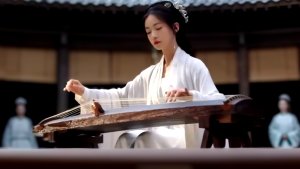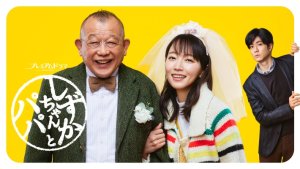 Drama Recommendation: Shizuka-chan to Papa
Drama Recommendation: Shizuka-chan to Papa
This last month, I watched two dramas that talked about traditional Japanese arts and that’s what motivated me to write this article. This article is about four dramas that are focused on four different traditional Japanese arts. I really think that by watching these dramas, you can learn something about these arts and also about a hidden side of Japanese culture, a side that is not explored a lot.
Takane no Hana

https://www.youtube.com/watch?v=qq91TGkCJBs
This drama is about flower arranging, called ikebana in Japanese.
“In ikebana, the Japanese art of flower arranging, blossoms, branches, leaves, and stems find new life as materials for artmaking. In contrast to the western habits of casually placing flowers in a vase, ikebana aims to bring out the inner qualities of flowers and other live materials and express emotion.”1
One of the highlights of this drama is the strong performance of Ishihara Satomi who represents Tsukishima Momo. Momo is the daughter of a well-known ikebana teacher and she is supposed to continue this tradition and become the headmaster of the Tsukishima School.
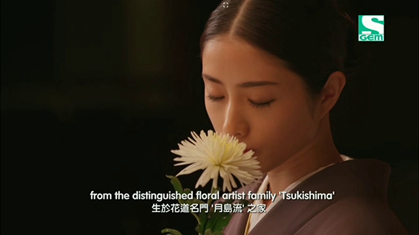
While this drama focuses on romance, you also get to see several flower arrangement performances and how tradition is one of the most important things for this kind of family. This drama has really pretty shots and it’s quite colorful. Throughout the drama, you’ll learn that ikebana is not just arranging flowers to look pretty, but that it takes a lot of work and that it’s ultimately an art that has to be cultivated in order to be able to perform it.
The romantic story is also quite entertaining and it’s the main focu,s but it also ends up being related to Momo’s ikebana.
This drama has a 7.7 rating on MDL and it has been watched by 1,885 users.
Watashitachi wa douka shiteiru
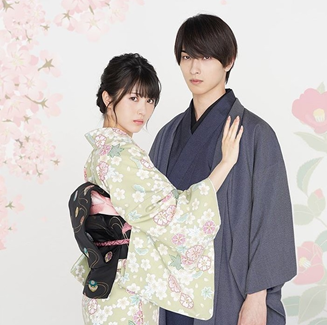
Within the dramas from this article, I think this drama is the one that had the greatest hype while it was airing. And this might be due to Yokohama Ryusei and all the attention he has been gathering lately.
This one is about making traditional Japanese sweets (these specific sweets are known as wagashi). Both of the main leads were invested in making sweets since they were kids. The male lead, Tsubaki, comes from a family that has been dedicated to this art for many years. While watching this drama, you’ll crave for all those beautiful sweets being presented and you’ll also come to the realization that those are masterpieces.

This drama is focused on two things: romance and revenge, which drive our characters. I do believe this drama would have benefitted of having more episodes because there was more room for the story to develop.
This drama has a rating of 8.3 on MDL and it has been watched by 3,670 users.
Showa Genroku Rakugo Shinju
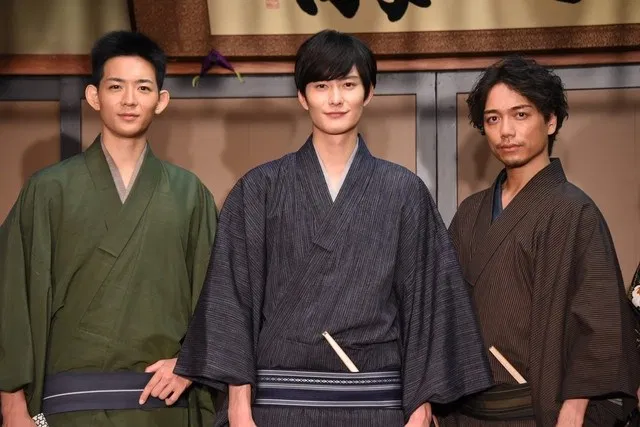
This drama is so underrated that it actually made me write this article. This drama is about rakugo, the art of storytelling.
“Rakugo storytelling dates back to the Edo period (1603–1868) and remains popular today. The often comic monologues rely on the skill of the teller, rather than scenery or complex props.”2
It is the drama that is most focused on the art rather than romance, revenge, or other plotlines. I do believe that the synopsis is a little misleading as it makes you think this will focus more on some kind of mystery, though ironically that is what made me watch it. It takes a deep dive into the rakugo world and lets us know how things develop offstage and onstage, the story is all about the journey of our characters within the rakugo world.
We have Okada Masaki giving a masterful interpretation of a rakugo storyteller, I was really surprised with his performance as he manages to show us a character from his teens to his late years. His character starts as a student of Yakumo, a rakugo performer and teacher, until he ends up being his successor. Throughout the episodes, we get to see two characters whose approach to rakugo is quite different, but nevertheless, their love for this art is alike.

This drama has a rating of 8.8 on MDL and it has been watched by 559 users. (You may think that the rating is high due to the low viewer count, but most of the ratings are within the 7 to 10 range.)
Pin to Kona
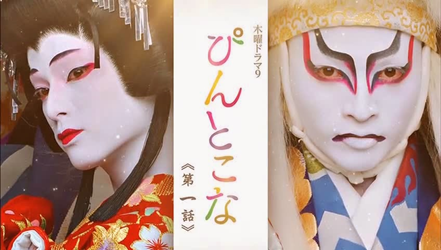
Pin to Kona is a drama about Kabuki but it’s also cute romantic story.
“Kabuki is a world-renowned form of traditional Japanese performance art. Incorporating music, dance, and mime with elaborate costumes and sets, kabuki dramas depict tales derived from regional myths and history.”3
This drama comes in second place talking about the number of viewers within the dramas mentioned here. This might be due to it being more of a romantic comedy that’s developed using kabuki as the setting. The main lead, Kawamura, belongs to a family who has been performing kabuki for decades and he’s known as the Kabuki Prince. There’s also Ichiya, who is his rival on stage and also in love, he is a student of another kabuki family but he is aiming to be the successor of that school.
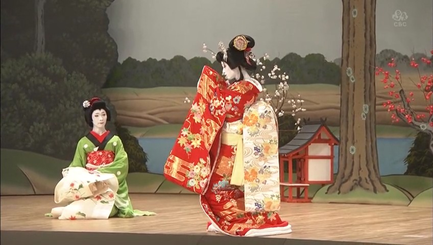
Honestly, I was not a fan of the love triangle here but for me, the highlight is the Kabuki as it’s the first drama I have seen that talks about this art.
This drama has a rating of 7.6 on MDL and it has been watched by 2,503 users.
These four dramas have many similarities regarding how each traditional art is structured. We have families that are the ones that have continued these arts since they were created. These families are always the ones in charge of teaching the art to other people interested in it, but also to their descendants.
All these dramas talk about succession. This is very important as the family name, the school name, has to continue been handed down so the art doesn’t die. And therefore, we can see some power struggles in order to gain the right to become the successor.
There’s also a quite strict lifestyle displayed within the characters' lives since performing these arts requires discipline.
I also loved the way kimonos are displayed and used within these traditional families as they are part of keeping alive the Japanese culture.
I definitely encourage you to watch these dramas as they make you realize there’s another “world” within the well-known modern Japan where you can find traces of the old Japanese lifestyle.
References:



